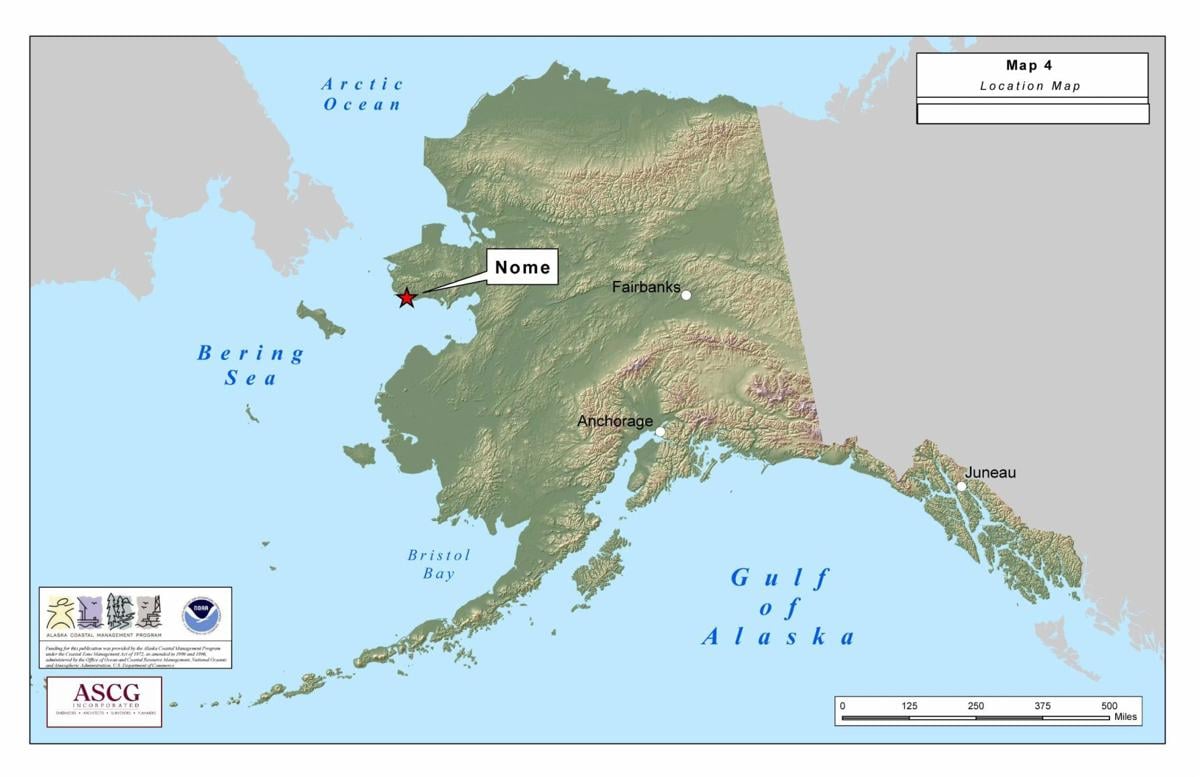
The 2022 Writing Series is a series of daily writing exercises for both prose writers and poets to spark their creative mind and to spur production of new pieces. The writing prompts take the impetus—that initial crystal of creation—out of your hands (for the most part) and changes your writing creation into creative problem solving. Instead of being preoccupied with the question "What do I write about" you are instead pondering "How do I make this work?" And in the process you are producing new writing.
This is not a standard writing session. This is pure production—to keep your brain thinking about using language to solve simple or complex problems. The worst thing you can do is sit there inactive—the point is to push, to produce something, however imperfect. If you don't overthink it, you will be able to complete all of the series' exercises in under 30 minutes.
The Timer Method
If you're going with the timer method (which is certainly not required) I recommend setting four timers (these markers are if you're doing a 30 minute session): The First Timer for 5 minutes for a pre-writing reminder, if you do any planning or thinking on how those things can fit together or how to structure what you're doing, or to revisit your writer's notebook to remind yourself of anything you might have noted to write about 'in the future'. But mostly, to remind you not to overthink, not to delay the actual writing process. You should think at least a little about what the point of the piece will be (more in the third timer section) The Second Timer for 15 minutes which is the main writing time. Remember, don't overthink during this section. You're knocking out the piece. When this timer goes off it's not the end, but a signal that you'll be trying to wrap it up soon. The Third Timer for 5 minutes which is time to wrap up what you're writing. This is where you're making sure that you're tucking in any 'loose narrative threads' and getting to your conclusions. Remember, pieces should have some takeaway or 'point'. Some 'why'—a thing that the reader can point to if they're asking themselves "why did I read this?". The Fourth Timer for 5 minutes which is time for editing, for going back over the piece and giving it a 'once over' for typos. I highly suggest reading it aloud once at the beginning of the five minutes (or prior to starting the last timer). Then you'll use the time to fix things early on that you later changed, and to sprinkle in 'crumbs' which foreshadow or work well with later metaphors so that the piece feels more united.
#21Erasing Roger Ebert 50 "The Big Lebowski"
For today's exercise we have split paths for fiction and poetry, though I highly recommend that even fiction writers try the poetry exercise, because erasures can be a blast!
Poetry: For poetry do an erasure or black-out poem from the following: Roger Ebert's review of the 1998 film "The Big Lebowski" (Four Stars).
Roger Ebert has been the archetypal film critic for decades, and he's written thousands of reviews. Because of their nature, almost their own bit of ekphrastic art, this series of erasures will be lots of fun!
An Erasure/Blackout is really simple: you take the given text and remove many words to make it your own new piece. One way to go about the erasure that I like to do is to copy the text and paste it twice into your document before you start erasing or blacking out (in MS Word set the text background color to black), that way if you get further into the erasure and decide you want a somewhat different tone or direction, it's easy to go to the unaltered version and make the erasure/black-out piece smoother. Another tip is to look for recurring words, in this example 'bingo' occurs multiple times and could be a good touchstone for your piece.
Fiction or (poetry): If you insist on fiction (or just feel like writing a "Title Mania" piece), write a piece with one of these titles taken from this section:
- A Porno King, a Reclusive Millionaire
- In the Midst of Madness
- With a Fiery Zeal
- Lie, Steal or Cheat
- Lonely Vistas, Lurid Cityscapes
- Another Trio of Supporting Characters
- Never More Gloriously Mustached
- Their Meek Sidekick
Erasure Selection:
Roger Ebert's review of "The Big Lebowski"
"The Big Lebowski" is about an attitude, not a story. It's easy to miss that, because the story is so urgently pursued. It involves kidnapping, ransom money, a porno king, a reclusive millionaire, a runaway girl, the Malibu police, a woman who paints while nude and strapped to an overhead harness, and the last act of the disagreement between Vietnam veterans and Flower Power. It has more scenes about bowling than anything else.
This is a plot and dialogue that perhaps only the Coen Brothers could have devised. I'm thinking less of their clarity in "Fargo" and "No Country for Old Men" than of the almost hallucinatory logic of "Raising Arizona" and "The Hudsucker Proxy." Only a steady hand in the midst of madness allows them to hold it all together--that, and the delirious richness of their visual approach.
Anyone who cares about movies must surely have heard something about the plot. This is a movie that has inspired an annual convention and the Church of the Latter-Day Dude. Its star, Jeff Bridges, has become so identified with the starring role that when he won the 2010 Oscar for Best Actor, Twitterland mourned that his acceptance speech didn't begin with, "The Dude Abides." These words are so emblematic that they inspired a book title, The Dude Abides: The Gospel According to the Coen Brothers, by Cathleen Falsani. This is a serious book, though far from a dreary theological work.
The Dude is Jeff Lebowski, an unemployed layabout whose days are spent sipping White Russians and nights are spent at the bowling alley. There is always a little pot available. He has a leonine mane of chestnut hair, a shaggy goatee, and a wardrobe of Bermuda shorts, rummage sale shirts, bathrobes and flip-flop,. He went to Woodstock and never left. He lives in what may be the last crummy run-down low-rent structure in Malibu. Trust the Dude to find it.
It is widely known that the Dude was inspired by a real man named Jeff Dowd, a freelance publicist who was instrumental in launching "Blood Simple" (1984), the first film in the Coen canon. I have long known Jeff Dowd. I can easily see how he might have inspired the Dude. He is as tall, as shaggy and sometimes as mood-altered as Jeff Lebowski, although much more motivated. He remembers names better than a politician, is crafty in his strategies, and burns with a fiery zeal on behalf of those films he consents to represent.
In the film, Jeff Lebowski tells the millionaire's daughter (Julianne Moore) that in his youth he helped draft the Port Huron Statement that founded Students for a Democratic Society, and was a member of the Seattle Seven. In real life Jeff Dowd was indeed one of the Seattle Seven, and remains so militant that at Sundance 2009 he took a punch the jaw for insisting too fervently that a critic see "Dirt," an ecological documentary Dowd believed was essential to the survival of the planet. True to his credo of nonviolence, the Dude did not punch back.
In "The Big Lebowski," our hero has left politics far behind, and exists primarily to keep a buzz on, and bowl. He is never actually drunk in the movie, and always far from sober. His bowling partners are Walter Sobchak (John Goodman) and Donny Kerabatsos (Steve Buscemi). Walter, even taller than the Dude, is a proud Vietnam veteran and the strategist of the three. He and the Dude never mention politics. Donny is their meek sidekick, always a step behind the big guys. He says perhaps three complete sentences in the film, all brief, and is often interrupted by Walter telling him to shut the f--- up. He is happy to exist on the fringes of their glory.
Details of the plot need not concern us. It involves a mean-tempered millionaire in a wheelchair who is the Big Lebowski (the Dude becomes, by logic, the Little Lebowski). He broods before the fire in a vast paneled library, reminding me of no one so much as Major Amberson in "The Magnificent Ambersons." His trophy wife Bunny (Tara Reid) appears to have been kidnapped. This leads indirectly to the Dude being savagely beaten by hit men who mistake him for the Big Lebowski. Well, how many Jeff Lebowskis can there be in Malibu? One of them urinates on The Dude's rug, which he valued highly ("it pulled the room together"), and the whole movie can be loosely described as being about the Dude's attempts to get payback for his rug.
The inspiration for the supporting characters can perhaps be found in the novels of Raymond Chandler. The Southern California setting, the millionaire, the kidnapped wife, the bohemian daughter, the enforcers, the cops who know the hero by name, can all be found in Chandler. The Dude is in a sense Philip Marlowe -- not in his energy or focus, but in the code he lives by. Down these mean streets walks a man who won't allow his rug to be pissed on. "That will not stand," he says, perhaps unconsciously quoting George H.W. Bush about Saddam's invasion of Kuwait. The Dude does not lie, steal or cheat. He does swear. He wants what is right. With the earliest flags of the republic, he insists, "Don't tread on me."
The Coens have always had a remarkable visual style, tending toward overwhelming architectural detail -- long corridors, odd interior decoration, forced perspectives, lonely vistas, lurid cityscapes. Even in ostensibly realistic settings, such as the suburbs of "A Serious Man" (2009), they like to insist beyond the point of realism. Their suburb is the distillation of Suburbhood. In "The Big Lebowski," their anchor location is the bowling alley, their dominant colors what might be described as Brunswick Orange and turquoise. The alley is strangely underpopulated, its lanes vertiginous in length. There is one POV shot from within a rolling bowling ball. When Jeff hallucinates or is unconscious, he inhabits bizarre fantasy worlds.
One of their fellow bowlers is Jesus Quintana (John Turturro), a man who has converted himself into an artwork in his own honor. Another trio of supporting characters, the Nihilists, is led by Peter Stormare (who played the man feeding the body of Buscemi into the wood chipper in "Fargo"). A considerable role is played by Philip Seymour Hoffman, as Brandt, the worshipful assistant to the Big Lebowski. Some of its fans have seen this movie dozens of times. I suppose they've already observed that that Hoffman and David Huddleston, who plays the Big Lebowski, bear a strong family resemblance. Someone knowing nothing about the film could be excused for suspecting that Philip Seymour Hoffman plays both characters, the older man with skillful makeup effects. A coincidence? I would not for one moment put it beyond the Coens, Ethan and Joel, to encourage this misapprehension. I suspect they cast Huddleston for the physical resemblance.
The film is all about Jeff Lebowski's equanimity in the face of vicissitudes. He is pounded, water-boarded, lied to and insulted. His rug is pissed on and his car set aflame. He is seduced by a woman who wants only his seed. He has a fortune dangled before his eyes, only to have it replaced by telephone books and used boxer shorts. To heal and keep himself whole he stirs himself another White Russian, has a toke, sits in a warm bath. Like the Buddha, he focuses on the big picture.
The film is narrated by The Stranger (Sam Elliott, never more gloriously mustached). It is he who observes at the end that the Dude Abides, and says he hears there is a little Lebowski on the way. The Dude however is denied matrimony, and indeed seems to have no women at all in his life, except by lucky chance. Does this depress him? Is he concerned about being chronically unemployed? No. If a man has a roof over his head, fresh half-and-half for his White Russians, a little weed and his bowling buddies, what more, really, does he need?
------------------------------------
If you'd like some jazzy background music to write to, try this "The Skies of Eden" lofi playlist.














